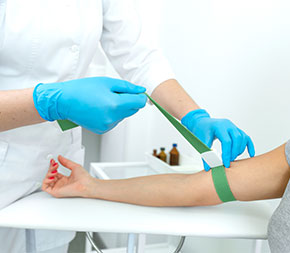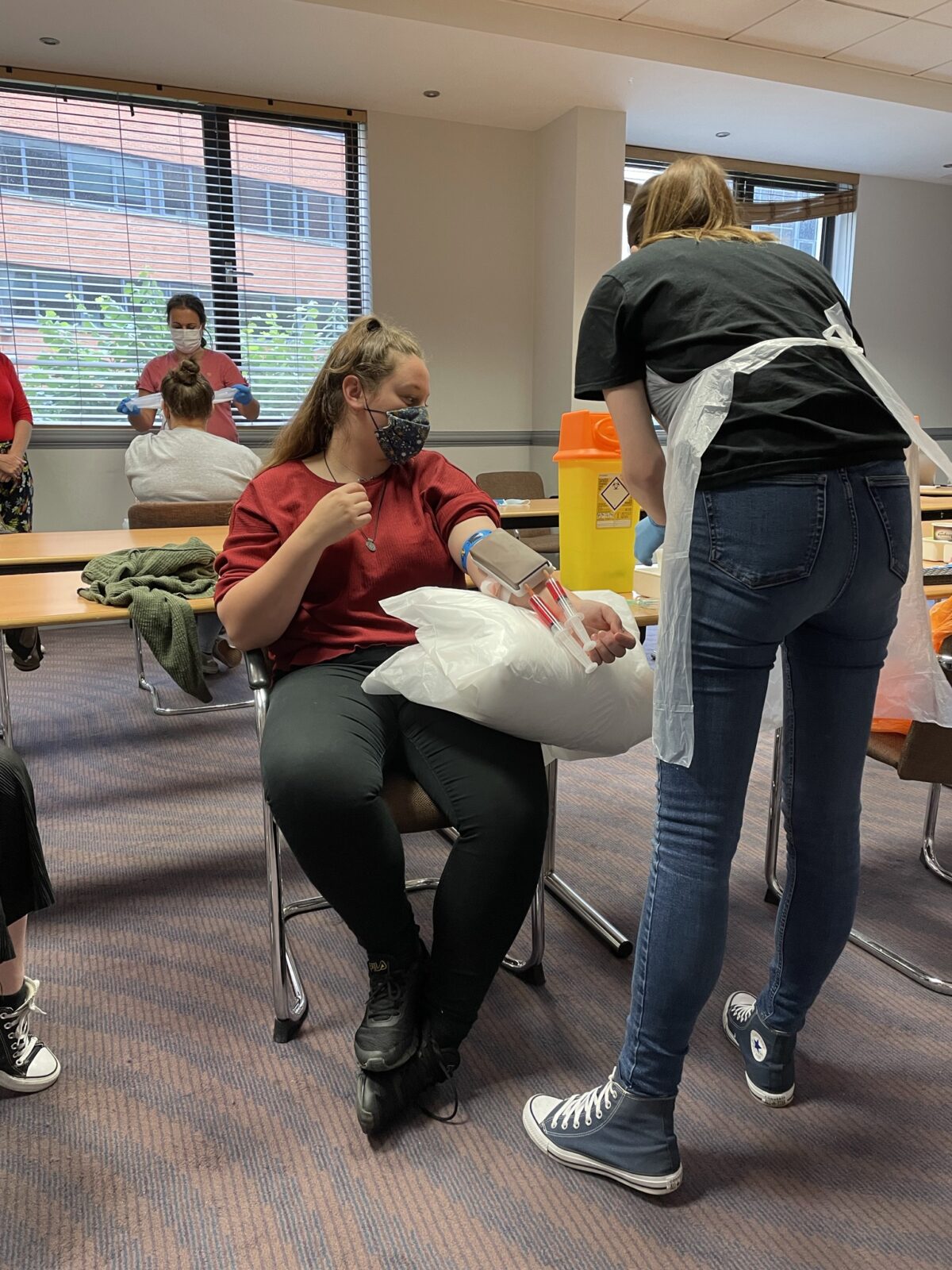More About Northeast Medical Institute - New Haven Campus Phlebotomy Course & Cna Class
More About Northeast Medical Institute - New Haven Campus Phlebotomy Course & Cna Class
Blog Article
The Single Strategy To Use For Northeast Medical Institute - New Haven Campus Phlebotomy Course & Cna Class
Table of ContentsNot known Details About Northeast Medical Institute - New Haven Campus Phlebotomy Course & Cna Class Rumored Buzz on Northeast Medical Institute - New Haven Campus Phlebotomy Course & Cna ClassSome Known Details About Northeast Medical Institute - New Haven Campus Phlebotomy Course & Cna Class The Facts About Northeast Medical Institute - New Haven Campus Phlebotomy Course & Cna Class RevealedThe Best Guide To Northeast Medical Institute - New Haven Campus Phlebotomy Course & Cna ClassNortheast Medical Institute - New Haven Campus Phlebotomy Course & Cna Class for Beginners
The usage of such tools must be gone along with by other infection prevention and control techniques, and training in their usage.For settings with reduced sources, expense is a driving variable in procurement of safety-engineered tools. Where safety-engineered devices are not available, experienced usage of a needle and syringe is acceptable.
Among the crucial markers of high quality of treatment in phlebotomy is the participation and collaboration of the person; this is mutually helpful to both the health employee and the person. Clear information either composed or spoken should be available to every person that undergoes phlebotomy. Annex F supplies example message for explaining the blood-sampling procedure to a client. In the blood-sampling space for an outpatient department or center, supply a comfortable reclining couch with an arm rest.
What Does Northeast Medical Institute - New Haven Campus Phlebotomy Course & Cna Class Do?
Guarantee that the indications for blood tasting are plainly specified, either in a created method or in documented instructions (e.g. in a laboratory form). In any way times, follow the techniques for infection avoidance and control provided in Table 2.2. Infection avoidance and control methods. Accumulate all the devices required for the procedure and area it within risk-free and easy reach on a tray or cart, making sure that all the products are clearly noticeable.
Present on your own to the person, and ask the patient to specify their full name. Check that the lab type matches the individual's identification (i.e. match the person's information with the laboratory kind, to ensure accurate recognition).
Make the individual comfortable in a supine position (if possible). The person has a right to reject a test at any time prior to the blood tasting, so it is important to make sure that the individual has actually comprehended the procedure - CNA Training.
All About Northeast Medical Institute - New Haven Campus Phlebotomy Course & Cna Class
Prolong the patient's arm and check the antecubital fossa or lower arm. Find a blood vessel of a great size that is visible, straight and clear. The layout in Section 2.3, reveals common placements of the vessels, but lots of variants are possible. The mean cubital blood vessel lies in between muscle mass and is generally the most simple to penetrate.
DO NOT put the needle where veins are diverting, since this raises the chance of a haematoma. The capillary must be visible without applying the tourniquet. Finding the blood vessel will assist in establishing the right size of needle. Use the tourniquet about 45 finger widths above the venepuncture site and re-examine the blood vessel.
Haemolysis, contamination and existence of intravenous fluid and medication can all alter the results (39. Nursing staff and doctors may access central venous lines for specimens complying with procedures. Nevertheless, specimens from central lines carry a risk of contamination or erroneous laboratory examination outcomes (https://qualtricsxmndtbdfqts.qualtrics.com/jfe/form/SV_8ofe66Qw84u3xLU). It serves, however not excellent, to attract blood specimens when first introducing an in-dwelling venous tool, prior to connecting the cannula to the intravenous fluids.
All About Northeast Medical Institute - New Haven Campus Phlebotomy Course & Cna Class
Permit the area to dry. Failing to permit adequate contact time enhances the danger of contamination. DO NOT touch the cleansed website; particularly, DO NOT put a finger over the capillary to guide the shaft of the exposed needle. It the site is touched, repeat the disinfection. Do venepuncture as adheres to.
Ask the individual to create a hand so the blood vessels are more prominent. Get in the blood vessel promptly at a 30 level angle or less, and remain to present the needle along the blood vessel at the simplest angle of entry - PCT Courses. As soon as enough blood has actually been collected, release the tourniquet prior to taking out the needle
Little Known Questions About Northeast Medical Institute - New Haven Campus Phlebotomy Course & Cna Class.
Take out the needle carefully and use mild pressure to the website with a tidy gauze or completely dry cotton-wool sphere. Ask the client to hold the gauze or cotton woollen in location, with the arm prolonged and increased. Ask the individual NOT to flex the arm, since doing so causes a haematoma.

How Northeast Medical Institute - New Haven Campus Phlebotomy Course & Cna Class can Save You Time, Stress, and Money.
Do not push the syringe plunger because extra stress enhances the danger of haemolysis. Where feasible, maintain televisions in a rack and move the shelf in the direction of you. Inject downwards into the proper coloured stopper. DO NOT remove the stopper since it will certainly launch the vacuum. If the sample tube does not have a rubber stopper, inject exceptionally gradually right into television as minimizing the pressure and velocity made use of to move the sampling lowers the danger of haemolysis.

Report this page